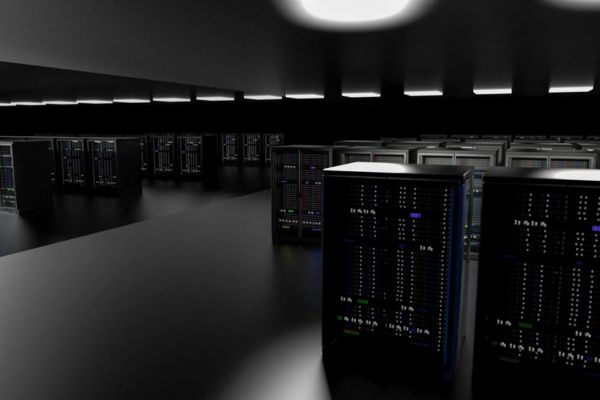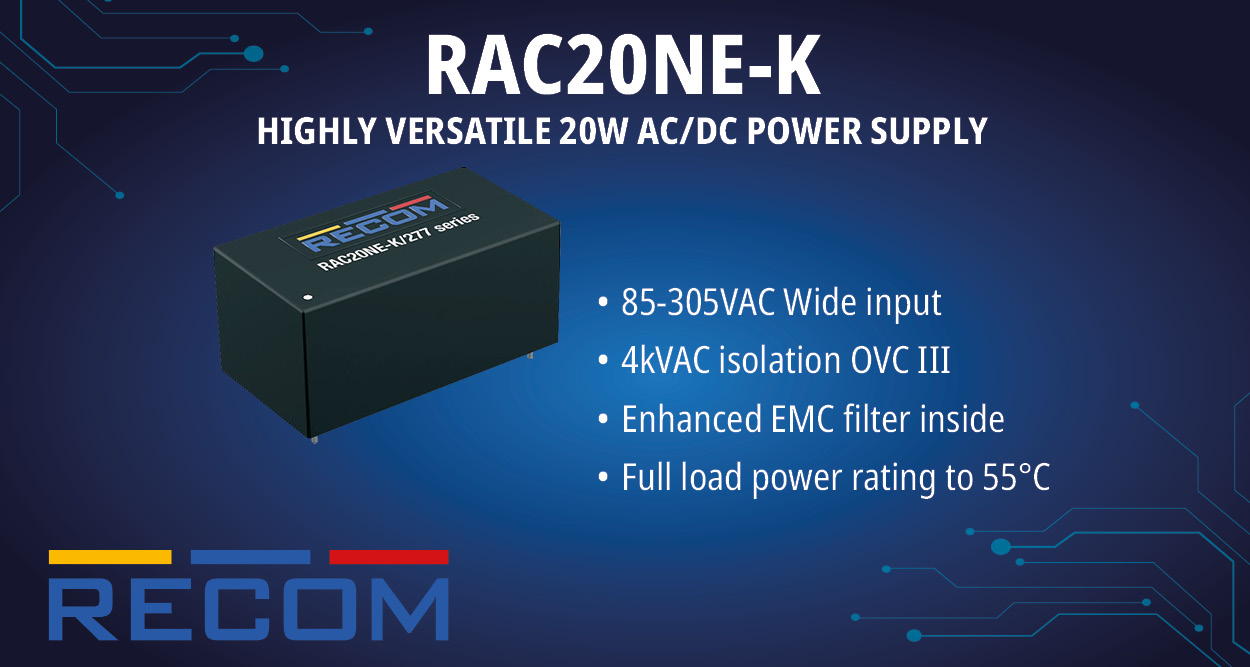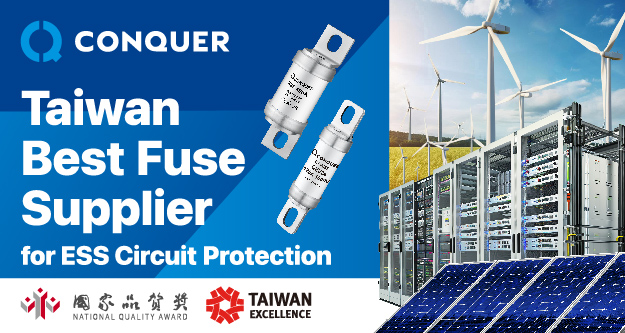In 2024, India’s modular data center market was valued at USD 1,073.1 million. According to IMARC Group, it is forecast to expand at a compound annual growth rate (CAGR) of 13.8% between 2025 and 2033, reaching USD 3,441.4 million by 2033. This surge is propelled by India’s accelerating digital transformation, as organizations across sectors embrace cloud migration, data modernization, edge computing, and sustainability initiatives. In an era where speed, scalability, and flexibility determine competitive edge, modular data centers have become indispensable—offering a strategic, agile architecture that meets today’s technology demands and tomorrow’s growth ambitions.
Modular thinking refers to the design and deployment of infrastructure in self-contained, prefabricated units that can be assembled quickly and scaled efficiently. These modules, often built offsite in controlled environments, integrate core components such as power, cooling, and management systems. Once ready, they are transported and installed on-site, drastically reducing construction timelines and operational disruption. This approach mirrors the principles of modern manufacturing- standardised, scalable, and highly responsive to demand.
Speed with Structure
One of the foremost advantages of modular infrastructure is the acceleration of deployment timelines. Prefabricated modules can reduce rollout durations by up to 50%, compared to traditional construction approaches. But beyond speed, modular deployments enable a structured execution process where each component is pre-engineered, pre-tested, and built to the standards. This significantly reduces on-site complexity, mitigates risk, and enhances predictability.
Scalable Design Across Environments
Modular systems bring a consistent design philosophy to varied deployment environments. From decentralised edge sites to large-scale core data centres. This consistency does not come at the cost of flexibility. Modular units can be tailored to meet specific power, cooling, or workload requirements while ensuring standardisation across management, monitoring, and operational protocols. Such adaptability is vital in a technology landscape where infrastructure must support diverse and dynamic demands.
Controlling Costs and Complexity
In an era of tightening budgets and heightened scrutiny over capital expenditure, modular thinking offers financial clarity. The use of standardised components and repeatable designs streamlines procurement, shortens lead times, and facilitates more accurate financial forecasting. Furthermore, modular architectures simplify lifecycle management. Upgrades, replacements, or capacity expansions can be carried out with minimal service interruption, ensuring continuity while maintaining flexibility.
Enhancing Resilience and Supply Chain Efficiency
As businesses build for resilience, the ability to manage supply chains effectively has become a critical factor. Modular deployments provide greater control over the sourcing, scheduling, and installation of infrastructure components. They also offer a buffer against logistical volatility by enabling offsite fabrication and consolidated delivery. The result is a more stable, manageable, and transparent build process.
Supporting Sustainability Goals
Sustainability is a fundamental part of corporate and national strategies today. Modular infrastructure supports sustainability efforts by reducing material waste, optimising energy consumption through integrated systems, and enabling easier maintenance and retrofitting over time. The controlled manufacturing environment also ensures better compliance with environmental standards. As businesses in India increasingly align with ESG objectives, modular design becomes a practical path toward greener technology infrastructure.
Enabling Workforce Efficiency
The shortage of skilled labour and rising costs associated with on-site construction have prompted a shift towards prefabricated systems. Modular deployments reduce the need for extensive on-site technical expertise and labour, lowering installation risks and reducing dependency on variable workforce availability. This contributes to smoother, more predictable project outcomes and allows internal IT teams to focus on strategic initiatives rather than operational firefighting.
Driving Innovation and Experimentation
Modular thinking also lowers the barriers to innovation. With faster deployment cycles and easier reconfiguration, businesses can pilot new technologies, launch services in new regions, and adapt infrastructure to meet emerging customer needs without overcommitting capital. This agility supports experimentation in high-growth sectors like fintech, e-commerce, and IoT-driven industries, where responsiveness to market shifts is a competitive advantage.
A Foundation for Digital Growth
India’s digital growth story is marked by scale, speed, and diversity. Supporting this growth requires infrastructure that can match its momentum. Modular thinking provides the foundation for building that future. It is not simply about efficiency or convenience – it is about adopting a long-term approach to infrastructure that supports rapid innovation, operational agility, and strategic scalability.
For organisations building for the next decade, modular thinking represents more than a design methodology. It is a mindset that aligns infrastructure with ambition, ensuring that technology can evolve in lockstep with business goals.

By Dr. A.S. Prasad – VP, Product Management & Engineering, Vertiv India

















